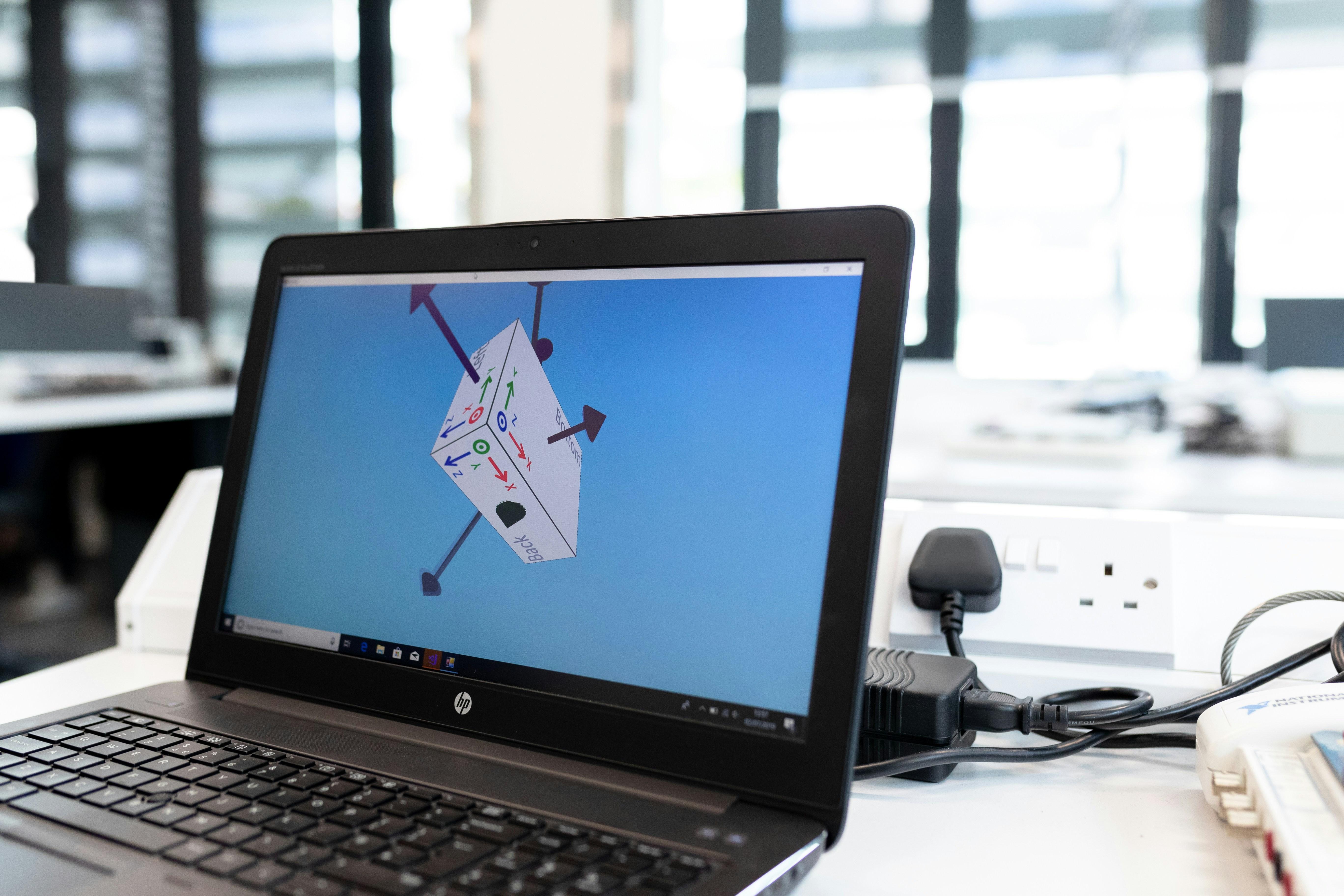In an era where streaming has become a cornerstone of digital entertainment, encountering slow streaming speeds can be particularly frustrating. While the immediate impulse might be to upgrade your device or internet plan, these solutions can be costly and often unnecessary. This article delves into practical and cost-effective strategies to enhance your streaming experience without resorting to new hardware. By analyzing network configurations, optimizing settings, and employing a few savvy techniques, you can significantly improve streaming performance. Whether you’re a tech novice or a seasoned user, these insights aim to empower you to enjoy seamless streaming without breaking the bank.
Optimizing Network Settings for Improved Streaming Performance
Enhancing your streaming experience can often be achieved by fine-tuning your network configurations. Start by ensuring your router’s firmware is up-to-date, as manufacturers frequently release updates to improve performance and security. Position your router centrally within your home to minimize interference and ensure even signal distribution. Avoid placing it near devices that emit electromagnetic interference, such as microwaves and cordless phones.
- Change Wi-Fi Channels: Use tools to scan for less congested channels, especially if you live in a densely populated area.
- Enable QoS (Quality of Service): Prioritize bandwidth for streaming devices, ensuring they receive optimal data flow.
- Utilize Wired Connections: Whenever possible, connect your streaming device directly to the router using an Ethernet cable for a stable connection.
Additionally, consider adjusting your router’s settings to support higher bandwidth usage. Disabling unnecessary features like WMM (Wi-Fi Multimedia) can sometimes lead to more efficient streaming. These tweaks can significantly enhance your viewing experience without the need for new hardware.

Addressing Wi-Fi Interference and Signal Strength Issues
When tackling the challenge of sluggish streaming speeds, it’s essential to consider the impact of Wi-Fi interference and signal strength. Various household items and neighboring networks can disrupt your Wi-Fi signal. To mitigate these issues, consider the following strategies:
- Optimize Router Placement: Position your router in a central, elevated location away from walls and obstructions. This can enhance coverage and reduce dead zones.
- Minimize Electronic Interference: Keep the router away from devices like microwaves and cordless phones, which can interfere with the signal.
- Change Wi-Fi Channel: Use your router’s settings to switch to a less crowded channel. Tools like Wi-Fi analyzers can help identify the best channel in your area.
- Update Firmware: Regularly check for router firmware updates, as these can improve performance and security.
By addressing these common sources of interference and optimizing your setup, you can often achieve better streaming speeds without the need for new equipment.

Utilizing Software Tools for Bandwidth Management
One effective way to address slow streaming speeds is by leveraging specialized software tools designed for bandwidth management. These tools offer features that can prioritize streaming traffic, ensuring a smoother experience without the need for hardware upgrades. Bandwidth management software can dynamically allocate bandwidth, allowing you to set limits on non-essential applications, thus freeing up more bandwidth for streaming.
- Traffic Shaping: Control and prioritize internet traffic to enhance streaming performance.
- Real-time Monitoring: Track bandwidth usage and identify applications consuming excessive resources.
- QoS Settings: Implement Quality of Service settings to ensure streaming services get the necessary bandwidth.
These tools often come with user-friendly interfaces and customizable settings, making it easier to optimize your network. By strategically managing bandwidth allocation, you can enjoy uninterrupted streaming without resorting to device upgrades.

Exploring Alternative Streaming Solutions and Configurations
To enhance your streaming experience without resorting to hardware upgrades, consider exploring a variety of alternative solutions and configurations. Optimizing your current setup can lead to significant improvements in streaming speeds. Here are some strategies to try:
- Change DNS Settings: Switching to a faster DNS server, like Google DNS or Cloudflare, can reduce latency and improve loading times.
- Use Ethernet Connection: If possible, connect your device directly to the router with an Ethernet cable for a more stable and faster connection.
- Update Software: Ensure that your streaming apps and device firmware are up-to-date, as updates often include performance enhancements.
- Optimize Router Placement: Position your router in a central location, away from obstructions, to ensure a strong Wi-Fi signal throughout your space.
Additionally, experimenting with different streaming protocols can make a difference. Switching from TCP to UDP, for instance, might offer more efficient data transmission for certain services. If your router supports Quality of Service (QoS) settings, prioritize streaming traffic to ensure smooth playback. These adjustments can significantly boost your streaming performance, all without the need for new hardware.



